PromoShop® provides Australia’s leading online range of promotional products suitable for branding with your logo or message. We have in house experts to help you in choosing the best type and colour of product to suit your logo colours and detail, so we always recommend you talk to one of us prior to choosing the colour of your promotional item and the size, decoration type and positioning of your logo on it.
There are traps that the uninitiated can easily fall into. One of the most common is to choose a poorly contrasting colour for the promotional product to take your logo. For example, a dark garment or product will often give poor contrast with a dark logo and similarly, a light coloured product can combine badly with a light logo. So make sure you choose carefully the colour of your logo and promotional item where there is a colour choice as well as the size and positioning of your branding on the promotional item. Once an item is selected, we always provide a positional drawing to assist in this regard before going into actual production.
Some branding methods include
Pad PrintingPad printing utilisess conventional ink and is typically restricted to a palette of 3-4 colours. It commonly produces a matte finish and vibrant hues. In what instances is this method employed? Key considerations: |
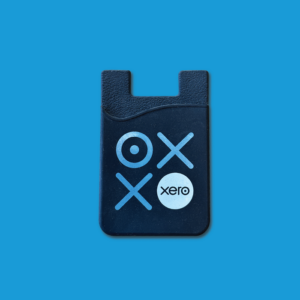 |
Screen PrintingScreen printing is a technique that involves pressing ink through a mesh screen to produce a printed design. However, unlike pad printing, screen printing is limited to solid colours and cannot achieve gradient effects. In what instances is this method employed? |
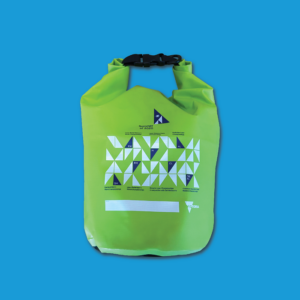 |
Sublimation PrintingSublimation printing is a comprehensive printing technique that covers the entire surface with the design. The ink is heated until it actually transforms into a gas and integrates into the fabric. For instance, when sublimation printing is applied to shirts, initially the design is printed onto a specialised sheet of paper, which is then transferred onto another material, often polyester or a polyester blend. In what instances is this method employed? |
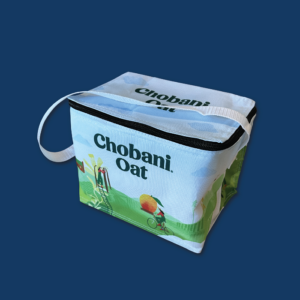 |
Digital Transfers
|
Digital Transfers |
EmbroideryThe conventional decoration technique of thread sewing provides a resilient outcome, characterised by a lasting, textured and high-quality finish. In what instances is this method employed? Key considerations: |
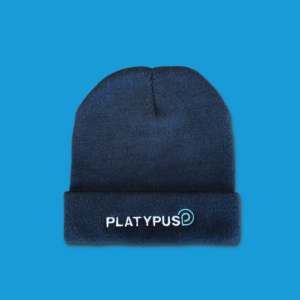 |
3D Embroidery
|
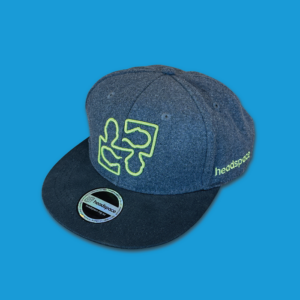 |
Rotary PrintingRotary digital print is a printing technique that utilises full-colour capabilities, enabling the creation of highly vivid and intricate designs on cylindrical products such as drink bottles and mugs. In what instances is this technique employed? Key considerations: |
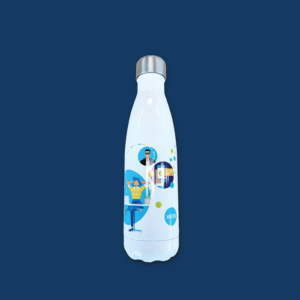 |
EmbossingEmbossing entails the utilisation of a metal press to produce an elevated three-dimensional design on the product. In what instances is this method employed? To summarise: |
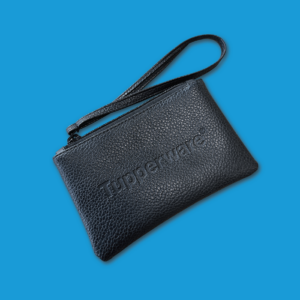 |